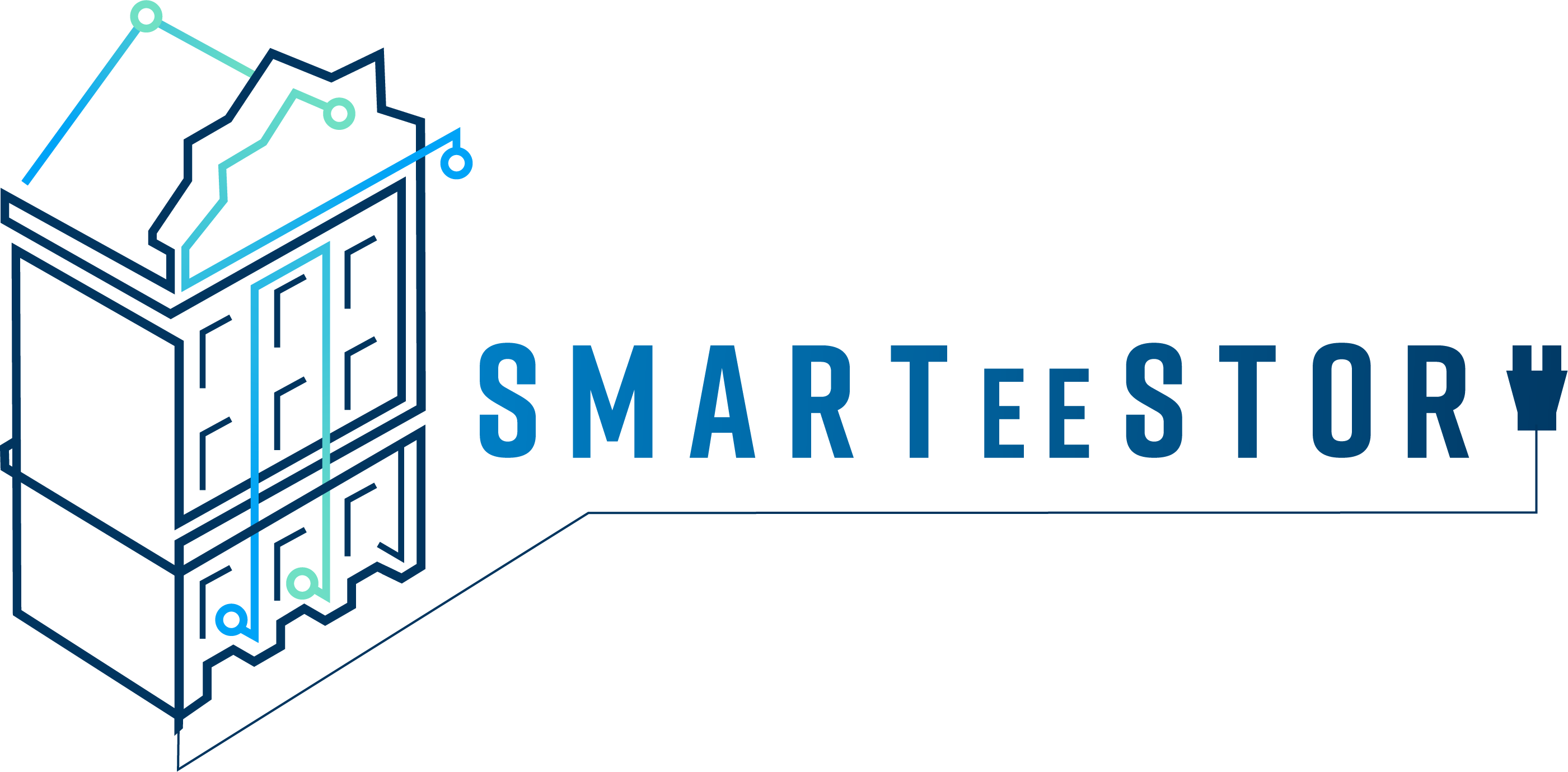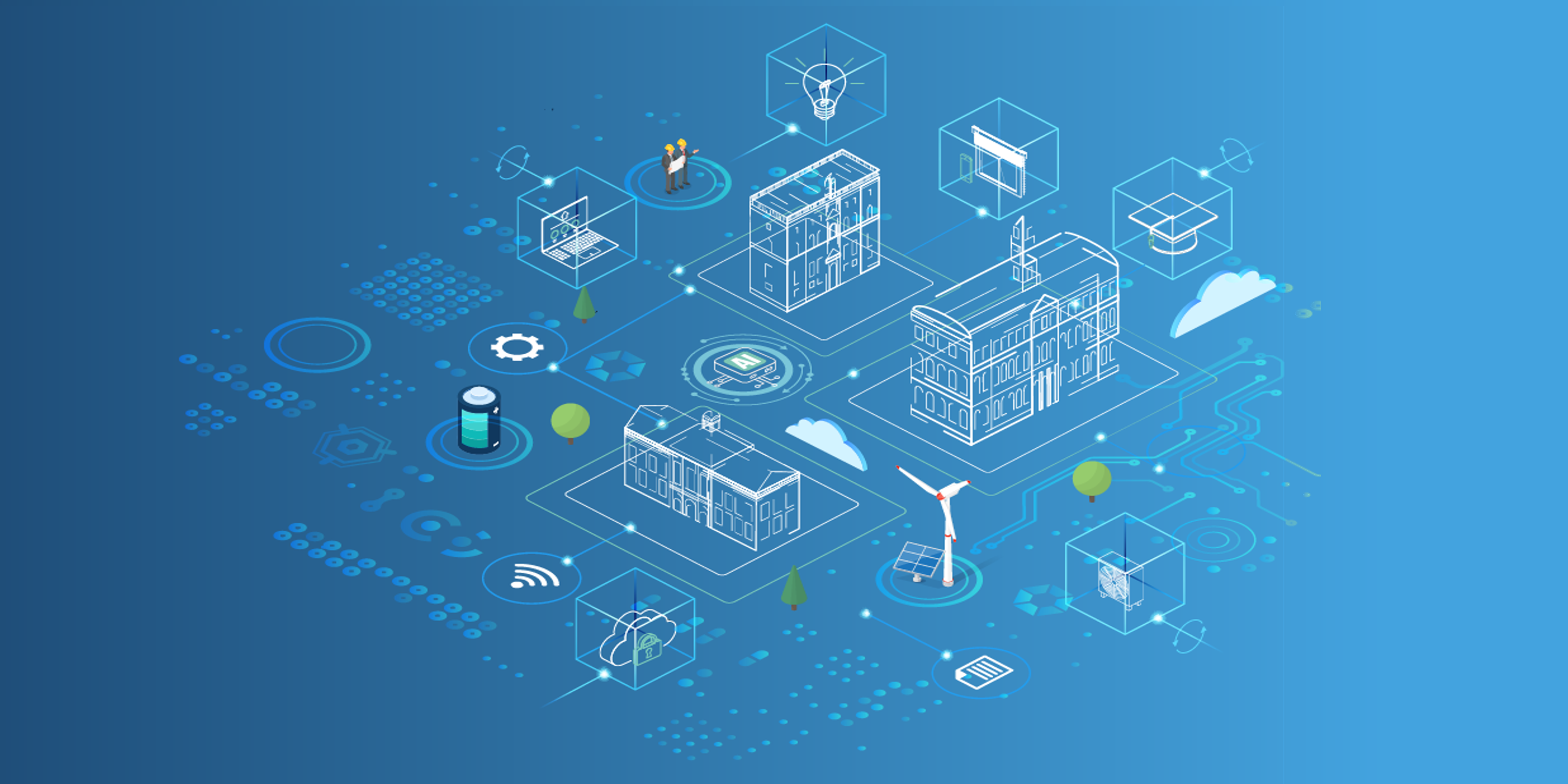Dissemination and communication – what’s that? Most of us know that it has something to do with sharing information to the outside world, but what exactly does it entail? Whereas communication is a rather known concept, it is a bit different for dissemination. So, let’s have a closer look at what dissemination actually means, how it differs from communication and – most importantly – what we are doing to make the communication and dissemination activities of SMARTeeSTORY a real success!
Communicating project ambitions and activities
In the context of European projects like SMARTeeSTORY, communication refers to the spreading of general information to the broad public. In communication, we make use of an easy-to-understand language, omitting highly technical words that might only be understood by professionals. The goal is to communicate our project ambitions, activities and its main messages to an audience as wide and diverse as possible, reaching especially those usually less targeted by the project’s topic, such as children, young people, elderlies, or socially deprived groups. In SMARTeeSTORY, we especially target the end-users of our three demonstrator buildings, that is, the people working in, studying at or visiting the Royal Chancellery of Granada, the Riga City Hall and the Faculty of Architecture at TU Delft. The methods of choice are both traditional tools like flyers, open houses or press releases as well as modern channels like digital (or hybrid) events, videos or social media activities.
And what about dissemination?
When you want to learn more about dissemination and you google the term, you sometimes end up learning more about “spreading a disease” (and I think by now, we have all had enough of that!). Only when you search for it in a scientific context, you learn about its other meaning – the one that is used in projects funded by the European Commission like SMARTeeSTORY. In this case, dissemination refers to the spreading of (technical) information to a specialised audience. In other words: we inform about scientific or technical details, results or methods in a technical language to a professional audience that is well versed in the respective topic. This can be in the form of scientific publications, technical articles, webinars, workshops or site visits.
How to make your D&C activities a success
Now we have set the ground for what communication and dissemination means. So, let’s discuss how we can make our dissemination and communication (D&C) activities a real success! We think that there are three important rules to follow:
Number one is that we always have to tailor our planned activities to our individual project and to our respective target audience – every single time. This means that we cannot simply copy and paste a previously developed strategy and apply that to SMARTeeSTORY. On the contrary, we always need to consider questions like “What is the main message of SMARTeeSTORY and how do I want to communicate that?” or “Which audience groups do I want to reach with this activity/with SMARTeeSTORY as a whole?”. Then, we have to think about appropriate tools and activities. Otherwise, our project will drown in the crowd and the very valuable results of SMARTeeSTORY will not be spread to the interested or important audiences so that others can learn from our solutions.
Number two is that all partners must work together! This means that the D&C leader works together with all partners of the consortium to make the project communication a success. While we as the D&C leader are mainly responsible for planning and managing all activities (such as the development of a recognisable branding, an intuitive and informative website, visually attractive promotional materials, etc.), the partners support us in regularly providing updates from their local activities, by actively sharing project materials, socials media posts, newsletters, etc. Because only when all SMARTeeSTORY partners work together, can we assure a high visibility of our project activities and therefore successfully disseminate, communicate and later exploit our project’s results!
Number three is that we always need to be up to date when it comes to the latest (and most successful) communication tools or methods. For example, 15 years ago, nobody would have thought of posting short 280-character statements on the internet to inform about a product. And 10 years ago, nobody would have expected that today, communication would highly depend on the sharing of pictures and videos (instead of texts) to promote a project’s outcomes. The world is always changing, and we need to stay on top of our game and educate ourselves about what’s trending if we don’t want to be left behind.
SMARTeeSTORY blog
Of course, there are many more secrets to delivering a successful project like SMARTeeSTORY. Therefore, from now on, we will share insights like this blog every other month! Each time, the blog will be written by a different project partner with a different focus, but always giving you an insight glimpse into our project activities and partners.
Organisation:
Steinbeis Europa Zentrum is the work package leader of WP6 on dissemination, exploitation, communication, replication, training and certification activities within SMARTeeSTORY. Through our involvement as either partner or coordinator in more than 80 projects in 2022, Steinbeis supported consortiums in transnational technology transfer, organised international conferences and information days concerning European research and innovation programmes, promoted projects via diverse dissemination and communication measures as well as supported partners with successful exploitation of the project’s results.
Author: Bettina Remmele, Steinbeis Europa Zentrum



